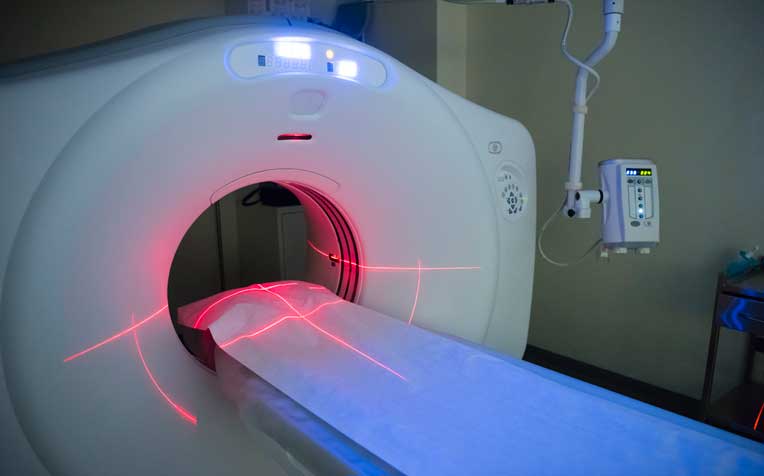HealthXchange will NEVER ask you to transfer money over a call. If in doubt, call the 24/7 ScamShield helpline at 1799, or visit the ScamShield website at www.scamshield.gov.sg.

CT scans are used to identify and locate the exact location within the brain.
Drilling holes in the skull and implanting slim electrodes in the brain may sound a little too similar to those infamous lobotomies of the 1940s. But neuroscience has come a long way since, and a neurosurgical procedure known as deep-brain stimulation (DBS) is increasingly being used by doctors today to treat a variety of movement disorders.
Movement disorders are neurological conditions that interfere with a person’s movements. They include Parkinson disease, essential tremors, dystonia as well as tic.
Associate Professor Prakash Kumar, Senior Consultant Neurologist at the Department of Neurology, National Neuroscience Institute (NNI) (Singapore General Hospital campus), a member of the SingHealth group, specialises in DBS. He explains: “DBS basically involves securing electrodes in the affected regions of the brain, such as the subthalamic nucleus in Parkinson patients. Wires connect these electrodes to the neurostimulator, which is a small battery pack placed beneath the skin layer below the collarbone."
How deep-brain stimulation is performed
There are two stages of DBS surgery:
Stage 1: Placed under local anaesthesia, the patient’s head is secured in a rigid frame. One or two holes are then drilled in the skull and the electrode is placed in a particular part of the brain. As this is being done, tiny electrical impulses are delivered throughthe electrodes while the patient is awake to ensure that they are placed accurately.
Stage 2: During this stage, the patient is placed under general anaesthesia and is unconscious. An incision is made to create a small space beneath the skin below the collarbone so that the neurostimulator can be implanted in the upper chest area. The neurostimulator is then connected to the brain electrode via a connecting wire that is passed under the skin of the head, neck and shoulder.
Before DBS surgery can be performed, the patient has to undergo a physical and neuropsychological examination, as well as a brain CT or MRI scan to identify and locate the exact target within the brain.
Dr Kumar adds: “The doctor will also remind the patient to share details about his or her health conditions (such as hypertension, diabetes and heart disease) and any current medications. In the days leading up to the surgery, certain medications may need to be stopped, while lifestyle habits like smoking and alcohol should be avoided.”
Ref: P16Contributed by
Related Articles
Conditions & Treatments
Public Events
Get the Health Buddy App
© 2025 SingHealth Group. All Rights Reserved.


















 Get it on Google Play
Get it on Google Play